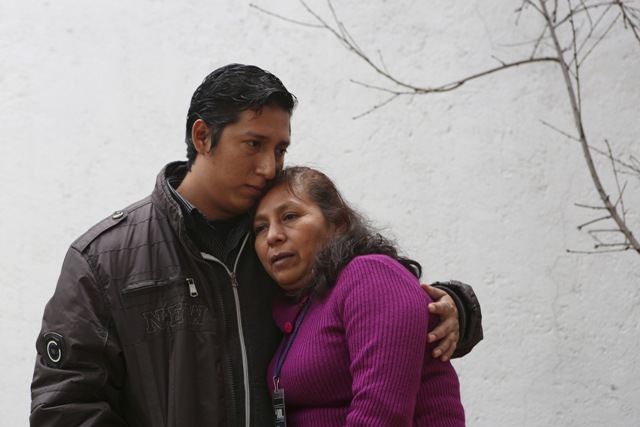The International Press Institute (IPI) today condemned the murder of Mexican crime journalist Anabel Flores Salazar, whose body was found dumped alongside a highway yesterday morning the day after heavily armed gunmen abducted her from her home in Veracruz.
Mexican authorities confirmed that the body of a woman found naked and bound with a plastic bag over her head in Puebla was that of Flores, who at approximately 2 a.m. on Monday was forced into a waiting vehicle by assailants dressed in military fatigues and carrying heavy weapons.
Flores covered criminal activity in Veracruz, including the Zetas drug cartel. Although she mainly worked for the newspaper El Sol de Orizaba, she also occasionally contributed to other publications including El Buen Tono and El Mundo de Orizaba.
Sources in Veracruz said that local authorities had linked Flores to a member of the cartel, although whether her death was attributable to that relationship or to her work was not immediately clear.
IPI Director of Advocacy and Communications Steven M. Ellis called on Mexican authorities to explore all potential motives in her death and not to rule out Flores’ work prematurely.
“Unfortunately, many Mexican authorities, particularly at the state and local levels, have a tendency to link journalists’ deaths to organised crime in an effort to obscure the true toll of violence against journalists in that country and the ongoing state of impunity that exists with respect to crimes against them,” he said. “We urge federal authorities to take advantage of their power to intervene in cases of journalist killings and conduct a full, swift and transparent investigation and to bring the perpetrators – whoever they may be – to justice.”
Veracruz is the most dangerous state in Mexico for journalists. According to IPI’s Death Watch, at least 11 journalists have died in connection with their work there since December 2010, when Governor Javier Duarte de Ochoa took office. That accounts for nearly half of the 24 journalists IPI marks as having been killed throughout the country in connection with their work during that time.
The true tally of journalists’ murders in Mexico is likely much higher, given the large number of unsolved cases and the general failure to bring journalists’ killers to justice. In 2015, IPI added the names of two journalists murdered in Mexico to its Death Watch: Moisés Sánchez Cerezo and Armando Saldaña Morales, who were both abducted in Veracruz and later found dead.
However, IPI is as yet unable to determine the motives behind the killings of 10 other journalists in 2015, including the murders of Abel Manuel Bautista Raymundo, Gerardo Nieto Alvarez, Juan Mendoza Delgado, Filadelfo Sánchez Sarmiento, Edgar Hernandez Garcia, Rubén Espinosa, Adrian Martinez Lopez, Jose Joaquin Perez Morales and Aurelio Hernandez Herrera.
IPI similarly continues to monitor the case of journalist Marcos Hernandez Bautista, who was shot in the head outside a bar in Veracruz’s neighbouring state of Oaxaca last month. Hernandez’s death came one day before Reinel Martínez Cerqueda, who presented musical programmes for a community radio station in Oaxaca, was gunned down on Jan. 22.
“The fact that so many journalists keep being brutally murdered in Mexico and that their deaths remain unsolved only emboldens killers to continue targeting journalists,” Ellis said. “Ms. Flores’ death is only the latest demonstrating the continued insufficient efforts by federal authorities to protect journalists, part of a vicious cycle that desperately needs to be stopped.”



